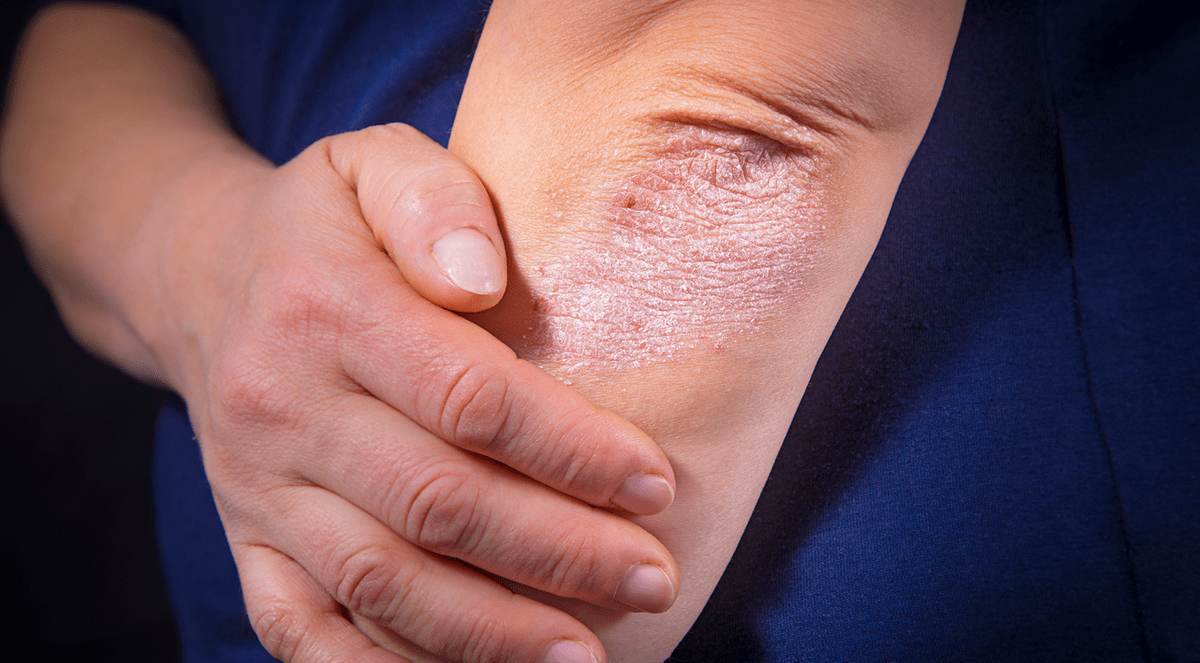It is important for dermatologists and other physicians in refugee-receiving countries to acquire knowledge of forensic dermatology to identify lesions from torture.
Review forensic dermatology in cases of torture.
In providing medical assessment and care to refugees and migrants, chronic skin lesions will be the most readily identifiable signs of torture. Beatings are very common, with blunt force trauma resulting in post-inflammatory hyperpigmentation. Torture burns can be thermal, chemical or electrothermal, causing distinct lesions determined by the method, duration and intensity of exposure, and area of skin affected. Sharp instruments inflict a wide range of lesions arising from stabbing/perforation or cuts from knives. Wound healing without medical attention and in unsanitary conditions will affect the scarring process. Lesions from suspension and ligatures may occur alongside scars from other forms of torture. Differential diagnoses include self-inflicted wounds, ethnic scarification and scars from traditional healing practices.
Physicians who may encounter survivors of torture in community or specialist practice would benefit from basic training in forensic dermatology, whilst knowledge of common forms of torture and cultural practices in refugees’ countries of origin is important when considering differential diagnoses of skin lesions.
Copyright © 2020. Published by Elsevier Inc.
Assessing signs of torture: a review of clinical forensic dermatology.


